Introduction: Why Facial Interfaces Matter for Meta Quest 3
Even in 2025, the Meta Quest 3 continues to hold its place as one of the most popular standalone VR headsets on the market. Its balanced combination of performance, portability, and price has made it a go-to choice for gamers, fitness enthusiasts, and immersive content consumers alike. But as more users spend extended hours in virtual reality, one component has emerged as a make-or-break factor in the overall experience: the facial interface.
The facial interface—the part of the headset that touches your face—plays a crucial role in shaping comfort, fit, hygiene, and even immersion. A well-designed interface can mean the difference between a 10-minute session and a two-hour VR marathon. It cushions the face, helps block external light, and manages heat and moisture. However, the stock facial interface included with the Meta Quest 3 often leaves much to be desired.
Users frequently report issues such as poor breathability, excessive sweating during active use, and difficulty in keeping the material clean. The original interface may suffice for casual use, but it's far from ideal for those who engage with VR daily or use it for workouts. As a result, many Quest 3 owners are turning to third-party replacement facial interfaces in search of better materials, enhanced ergonomics, and improved hygiene.
In this post, we’ll explore why upgrading your Meta Quest 3’s facial interface isn’t just a luxury—it’s a practical step toward a more comfortable and immersive VR experience.
What to Look For in a Quest 3 Facial Interface
When shopping for a replacement facial interface for your Meta Quest 3, it's important to look beyond aesthetics. A high-quality interface should improve comfort, hygiene, and the overall fit of the headset—especially if you use VR frequently or for extended periods. Here are the key factors to consider:
1. Material: Foam vs. Silicone
Most stock interfaces use basic foam padding, which can feel soft initially but tends to absorb sweat and degrade over time. In contrast, silicone interfaces have become increasingly popular for their durability and ease of maintenance. Silicone is sweat-resistant, non-porous, and easy to wipe clean, making it a hygienic choice—especially for fitness or shared headsets.
2. Comfort and Fit
A good interface should evenly distribute pressure around your face without causing discomfort during long sessions. Look for models with ergonomic contours and adjustable padding to accommodate different face shapes. A snug yet gentle fit also helps block out ambient light, enhancing immersion.
3. Washability and Sweat Resistance
Sweat buildup is a common issue with VR use. Opt for interfaces that are water-resistant and easy to clean—ideally those that can be wiped down after each session. Some silicone options are even dishwasher-safe, adding an extra layer of convenience for hygiene-conscious users.
4. Compatibility with Glasses and Face Shapes
Not all facial interfaces are created equal when it comes to inclusivity. If you wear glasses or have a wider or narrower face, choose an interface specifically designed to accommodate those needs. Many premium options now include extra space or offer interchangeable padding to better suit various users.
5. Ease of Installation and Stability
The interface should be easy to install and stay securely in place during active movement. Some third-party interfaces feature click-in frames or reinforced backplates that ensure a firm fit without constant readjustment. A stable interface not only improves comfort but also keeps the headset aligned properly with your eyes.
Choosing the right facial interface can transform your Quest 3 experience—whether you're gaming, watching media, or working out in VR. In the next section, we’ll dive into some of the top-rated replacement options available in 2025.
Top-Rated Facial Interfaces for Quest 3 in 2025
With so many options available, choosing the right facial interface for your Meta Quest 3 can feel overwhelming. To make things easier, we’ve rounded up some of the best-reviewed and most popular facial interfaces on the market in 2025—each with its own strengths and ideal use cases.
1. Meta Official Facial Interface
The default interface that comes with the Quest 3, Meta's original facial interface offers a basic level of comfort and compatibility. It’s made of soft foam and fits most users reasonably well. However, it lacks in a few critical areas: breathability, sweat resistance, and ease of cleaning. For casual use, it gets the job done, but power users often find themselves looking for a more functional upgrade.
2. KIWI design Silicone Facial Interface
The KIWI design facial interface has gained a strong reputation among VR enthusiasts for its premium silicone material that resists sweat and is easy to wipe clean. The interface features a high-density silicone frame that molds closely to the face, providing excellent light blockage and a secure fit—even during intense movement.
What sets KIWI’s design apart is its thoughtful additions like integrated ventilation holes to reduce fogging and optional light-blocking nose guards for deeper immersion. It's also compatible with glasses and includes multiple padding thicknesses to accommodate different face shapes. Overall, it's a top choice for fitness-focused users and long VR sessions.
Why Silicone Is Becoming the Go-To Material
As the VR community continues to grow and evolve, so do the expectations for comfort, hygiene, and performance. One trend that has become increasingly clear in 2025 is the shift toward silicone facial interfaces for the Meta Quest 3. More and more users are replacing their stock foam padding with silicone alternatives—and for good reason.
1. Easy to Clean and Share
One of the biggest advantages of silicone is its non-porous surface, which makes it exceptionally easy to clean. Unlike foam, which absorbs sweat and oil, silicone can be wiped down in seconds with a disinfectant cloth or washed with soap and water. This makes it ideal for shared headsets, whether among family members, friends, or in VR arcades and fitness classes.
2. Durable and Long-Lasting
Over time, foam interfaces can lose their shape, flatten out, and even tear under pressure. In contrast, high-quality silicone is far more durable and resistant to wear and tear. It maintains its form even after hundreds of uses, offering long-term value for VR enthusiasts who use their Quest 3 daily or for extended sessions.
3. Superior Fit and Anti-Slip Design
Silicone interfaces tend to provide a more secure and stable fit, conforming to the contours of the user’s face without shifting during movement. This is especially important during active VR games or workouts where sweat can cause foam to slip. Silicone also naturally stays in place better, reducing the need for mid-session adjustments.
4. A Growing Favorite Among VR Users
Thanks to its practical benefits, silicone has become the material of choice for a wide range of users—from fitness enthusiasts and gamers to VR developers and educators. Many now actively seek out Meta Quest 3 silicone facial interfaces as a first upgrade, favoring brands like KIWI design and AMVR for their ergonomic and easy-to-maintain designs.
In short, silicone offers the perfect balance of hygiene, durability, and performance. Whether you're playing Beat Saber, attending virtual meetings, or exploring immersive worlds, upgrading to a silicone interface can significantly enhance your comfort and peace of mind.
Editor’s Pick: The Best Quest 3 Facial Interface
After testing multiple options and reviewing user feedback, our top recommendation for 2025 is the KIWI design Silicone Facial Interface for Meta Quest 3. This model strikes the perfect balance between comfort, functionality, and price—making it a smart upgrade for nearly every type of VR user.
Why We Recommend It
- Premium Silicone Material: The KIWI interface is crafted from high-grade silicone that’s soft, flexible, and easy to clean. It doesn’t absorb sweat or oil, making it ideal for active use and shared headsets.
- Smart, Ergonomic Design: With integrated ventilation holes, light-blocking nose flaps, and a close-fitting profile, this interface enhances immersion while minimizing fog and external light leaks.
- High User Ratings: Thousands of positive reviews across major platforms highlight the product’s long-term durability, sweat resistance, and overall comfort during extended sessions.
- Universal Fit: Compatible with glasses and suitable for a wide range of face shapes, the KIWI interface includes multiple padding thicknesses to help users customize their fit.
- Excellent Value: Compared to similar premium products, the KIWI design facial interface offers outstanding performance at a very competitive price point.
Whether you’re a fitness-focused user, a competitive gamer, or someone who simply values a cleaner, more immersive VR experience, the KIWI design Silicone Facial Interface is a smart, future-proof choice. It’s our editor’s pick for the best Quest 3 facial interface of 2025.
Conclusion: Make the Right Choice for Long-Term Comfort
Choosing the right facial interface for your Meta Quest 3 isn’t just about aesthetics—it directly impacts how often and how comfortably you use your VR headset. From extended gaming marathons to high-intensity workout sessions, your interface determines how immersive, hygienic, and stable your experience will be.
While foam interfaces may be standard, silicone facial interfaces stand out as the superior choice in 2025. They’re easier to clean, more durable, and provide a snug, anti-slip fit that enhances both comfort and immersion. For anyone serious about VR, upgrading to silicone is a practical step toward a better long-term experience.
Ultimately, the best facial interface is the one that fits your unique needs—whether you prioritize hygiene, wear glasses, or spend hours at a time in virtual worlds. If you’re ready to upgrade, be sure to check out our top pick, the KIWI design Silicone Facial Interface, for a balance of performance, quality, and value.


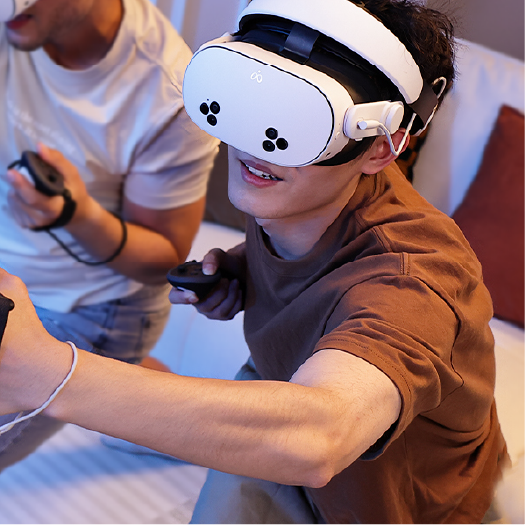

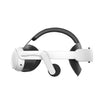

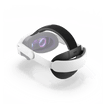

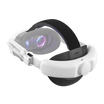
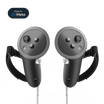

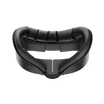
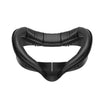
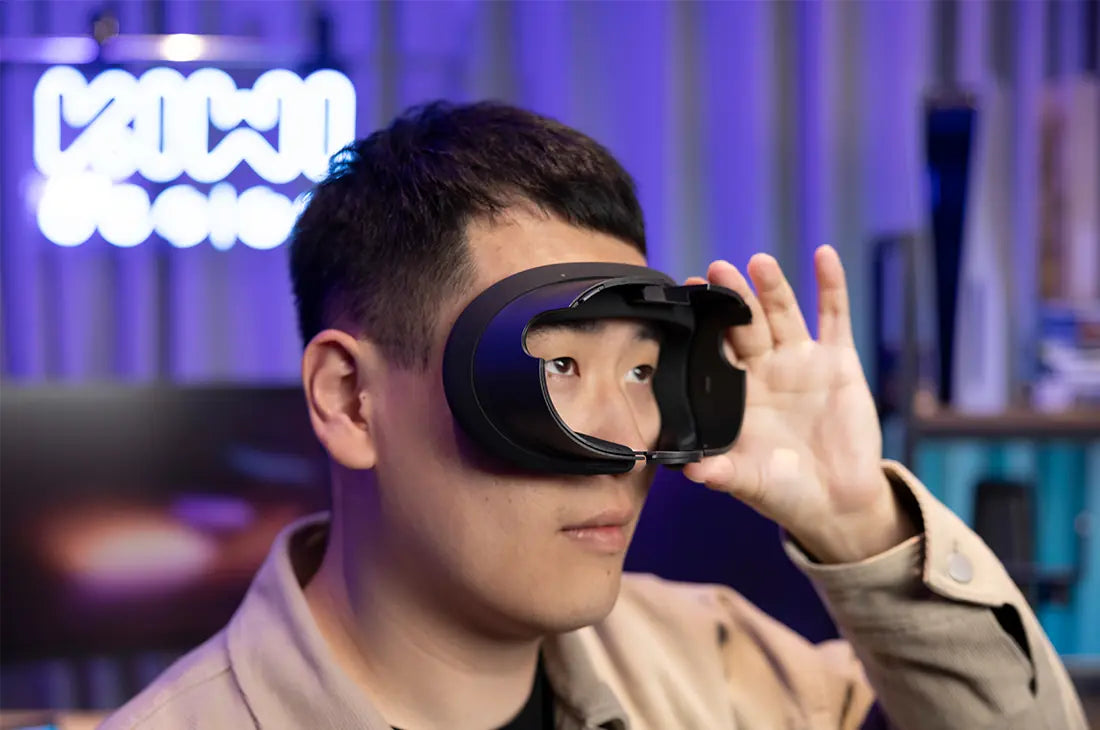
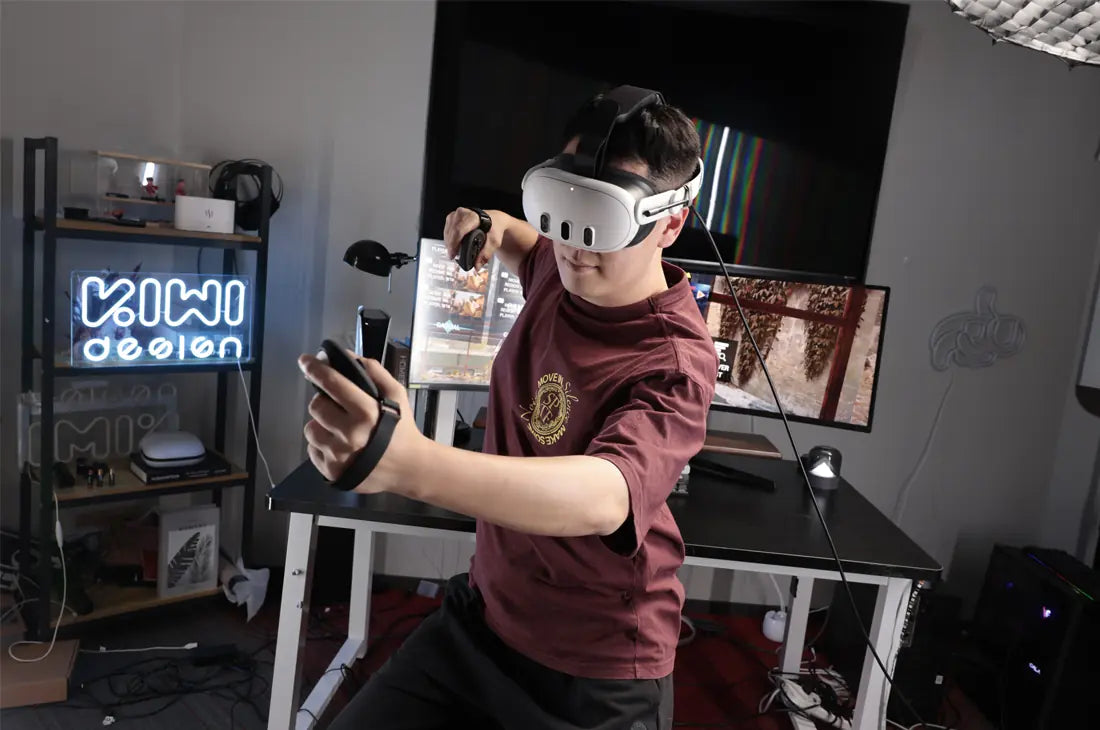
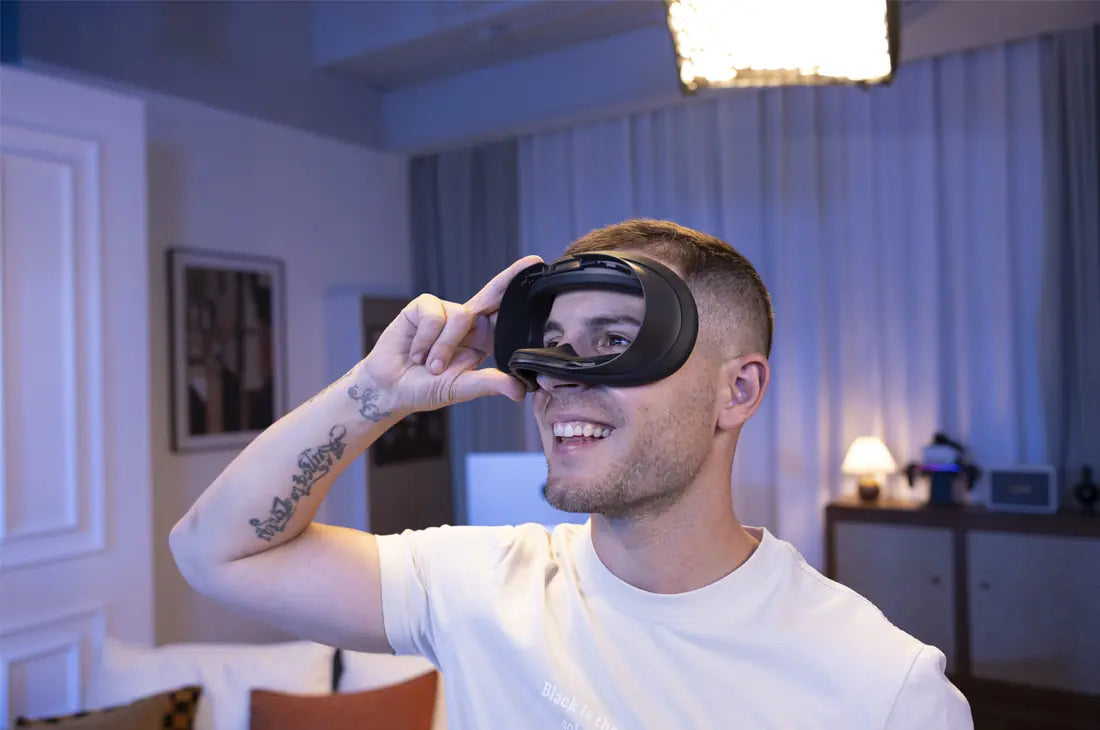
Leave a comment
All comments are moderated before being published.
This site is protected by hCaptcha and the hCaptcha Privacy Policy and Terms of Service apply.